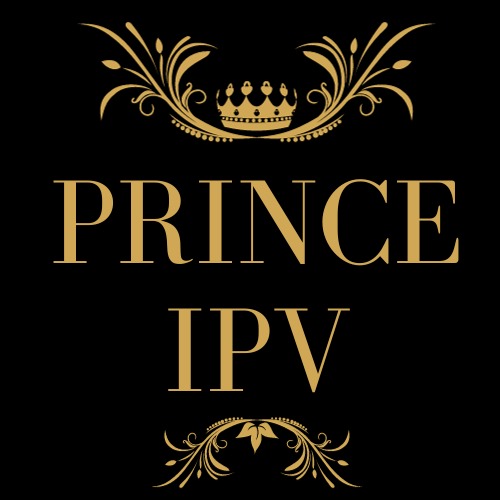In the realm of digital marketing, conversion is the ultimate goal. It’s the art of transforming potential leads into loyal customers, thus driving sales and boosting revenue. Mastering this art requires a comprehensive understanding of the customer journey, combined with effective strategies to guide leads through the conversion funnel. This article explores various facets of conversion optimization, offering insights into transforming leads into enduring customers.
Understanding Customer Journey
To turn leads into customers, a profound understanding of the customer journey is pivotal. Marketers must map out each stage of the journey, from awareness to consideration to decision, and tailor their strategies to address the needs, concerns, and desires of the leads at each stage, nurturing them towards conversion.
Personalization: The Key to Engagement
Personalization is a powerful tool in the conversion toolkit. By leveraging data-driven insights to tailor content, offers, and interactions to individual preferences and behaviors, marketers can significantly enhance engagement and move leads closer to conversion. Personalized experiences make leads feel valued and understood, thus fostering trust and affinity towards the brand.
Building Trust through Transparency
Trust is the cornerstone of conversion. To foster trust, brands must prioritize transparency, offering clear and honest information about their products, services, and pricing. Providing comprehensive FAQs, displaying testimonials, and addressing concerns promptly can significantly enhance brand credibility and lay the foundation for conversion.
Effective Call-to-Actions
A compelling Call-to-Action (CTA) is a catalyst for conversion. It should be clear, concise, and persuasive, guiding leads to the next step in their journey. A/B testing different CTAs can help in identifying the most effective phrases, placements, and designs, optimizing the chances of conversion.
Utilizing Social Proof
Social proof, in the form of reviews, testimonials, and endorsements, is a powerful conversion driver. It validates the value proposition of the brand and alleviates doubts and uncertainties. Featuring user-generated content, positive reviews, and endorsements prominently can significantly bolster the brand’s image and persuade leads to become customers.
Seamless User Experience
A frictionless user experience is crucial for keeping leads engaged and guiding them towards conversion. Responsive design, intuitive navigation, fast loading times, and easy checkout processes all contribute to a seamless user experience, minimizing drop-offs and maximizing conversions.
Content Marketing: Educate and Engage
Content is a versatile tool in guiding leads through the conversion funnel. Educational and engaging content can address queries, offer solutions, and establish the brand as an authority in its domain. Blogs, webinars, eBooks, and infographics are effective content formats for nurturing leads and fostering relationships.
Conversion Analytics and Optimization
Measuring and analyzing conversion data is crucial for identifying areas for improvement and optimizing strategies. Conversion Rate Optimization (CRO) involves testing different elements like landing pages, CTAs, and content to determine what resonates best with the target audience and drives conversions.
Conclusion
The art of conversion is a multifaceted discipline that involves understanding the customer journey, personalization, trust-building, effective CTAs, social proof, seamless user experience, and continuous optimization. By mastering these elements, marketers can effectively guide leads through the conversion funnel, turning them into loyal customers and advocates for the brand. In an era where consumer expectations are higher than ever, a meticulous and empathetic approach to conversion is the key to enduring success and growth.
